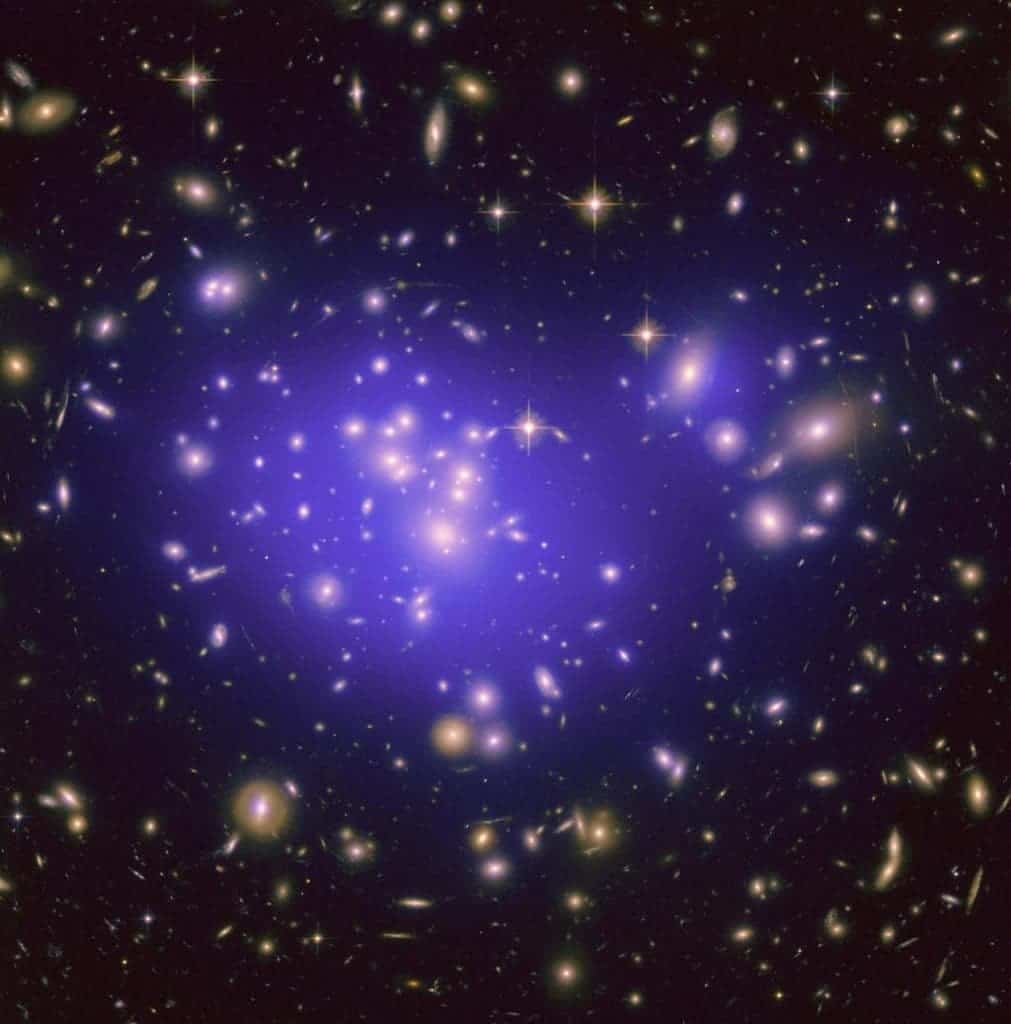A cleverly designed experiment takes us one step closer to a fundamental truth — but there’s still a long way to go.

When something is called “dark energy”, it’s bound to be mysterious and weird, but dark energy is really weird. For starters, we don’t even know what is.
It seems counterintuitive, but our universe is expanding. Not only is it expanding, but this expansion is also accelerating — which seems really bizarre, as you’d expect gravity to slowly clump things closer together. Dark energy is believed to be the reason behind this acceleration.
It seems to permeate all the space in the universe and it’s very homogenous, but it only interacts with the gravitational force and is extremely rarefied, which makes it extremely difficult to study and analyze. This leaves the question “so what is it” very much on the table, with no satisfying answer.
Some physicists have proposed that dark energy is a fifth fundamental force — adding to the well-known gravity, electromagnetic, weak nuclear and strong nuclear forces. This hypothesis has been put to the test by researchers at Imperial College London and the University of Nottingham.
If this were the case and dark energy was a force, you’d expect it to be some sort of repulsive force, something that makes the universe “larger“. To test this, the experiment worked on single atoms, using a device called an atom interferometer. This detects any extra force which might be acting on the atom. The experimental setup featured a small metal sphere placed in a vacuum chamber, with atoms freefalling through the chamber.
In theory, if dark energy was a fifth force, it would be weaker when there is more matter around. So in this design, the freefalling atoms would change paths ever so slightly as they passed by the sphere. However, this turned out to not be the case. The atoms continued unabated as they passed the sphere, essentially ruling out the idea that dark energy is a fundamental force.
This does more than just rule out one possibility — it helps constrain the cosmological models attempting to describe dark energy. Professor Ed Copeland, from the Centre for Astronomy & Particle Physics at the University of Nottingham, explains:
“This experiment, connecting atomic physics and cosmology, has allowed us to rule out a wide class of models that have been proposed to explain the nature of dark energy, and will enable us to constrain many more dark energy models.”
The fact that this experiment is relatively simple but helps to reveal one of the fundamental truths of the universe makes it all the more remarkable, researchers say.
“It is very exciting to be able to discover something about the evolution of the universe using a table-top experiment in a London basement,” said Professor Ed Hinds of the Department of Physics at Imperial.
The study was published in Physical Review Letters.









